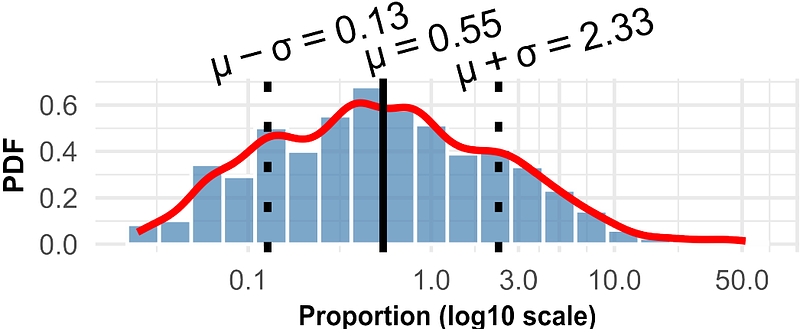Changing cognitive chimera states in human brain networks with age: Variations in cognitive integration and segregation

Changing cognitive chimera states in human brain networks with age: Variations in cognitive integration and segregation
Patton, A.; Davidsen, J.
AbstractThe aging process profoundly impacts the human brain, leading to notable changes in cognitive abilities. Although the brains structural and functional alterations with age are individually well documented, how differences in cognitive abilities emerge from variations in the underlying spatio-temporal patterns of regional brain activity is largely unknown. Patterns of increased synchronization between brain regions are taken as enhanced cognitive integration, while decreased synchronization is indicative of cognitive segregation. The ability to dynamically switch between different levels of integration and segregation across different cognitive systems is believed to be crucial for overall cognitive performance. Building on a recently proposed cognitively informed, synchronization-based framework, we study here age-related variations in dynamical flexibility between segregation and integration, as captured by changes in the variable patterns of partial synchronization or chimera states. Leveraging personalized brain network models based on large-scale, multisite datasets of cross-sectional healthy cohorts, we systematically show how regional brain stimulation produces distinct patterns of synchronization. We find that chimera states play a crucial role in regulating the balance between cognitive integration and segregation as the brain ages, providing new insights into the mechanisms underlying cognitive decline and preservation in aging. Whereas the emergent synchronization behavior of brain regions belonging to the same cognitive system often show the same aging trends, different cognitive systems can demonstrate distinct trends. This supports the idea that aging affects cognitive systems differently and that understanding this variability is essential for a more comprehensive view of neuro-cognitive aging. At the same time, dynamical flexibility increases in the oldest age groups across most cognitive systems. This may reflect compensatory mechanisms to counteract age-related cognitive declines and points towards a phenomenon of dedifferentiation. Yet, the multiplicity of behaviors highlights that whereas dedifferentiation emerges in certain cognitive systems, differentiation can also occur in others. This illustrates that these processes, though seemingly oppositional, can coexist and unfold in parallel across different cognitive systems.